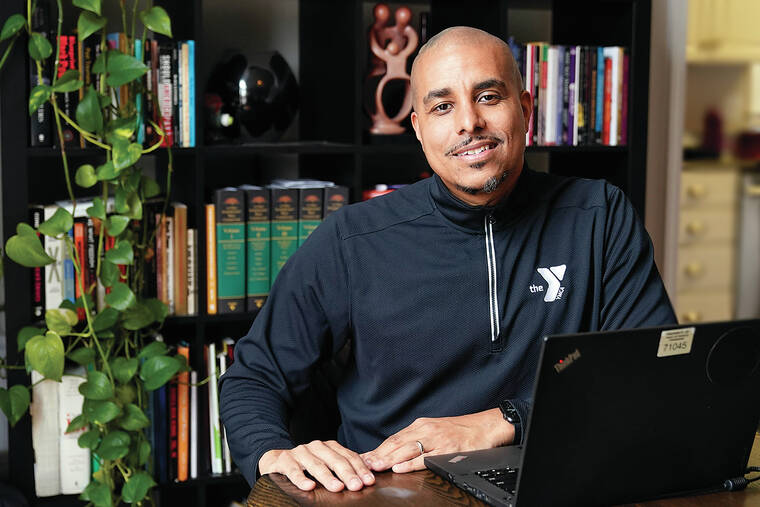Understaffing leaves after-school programs with unmet demand
The return to classrooms for the nation’s schoolchildren has not meant a return to work for many of their parents who, with workdays that outlast school days, are finding crucial after-school programs in short supply.
School-based providers list difficulties hiring and retaining staff as the biggest reasons they have not fully rebounded from pandemic shutdowns and they say they are as frustrated as the parents they are turning away.
ADVERTISING
“We’re in a constant state of flux. We’ll hire one staffer and another will resign,” said Ester Buendia, assistant director for after-school programs at Northside Independent School District in Texas. “We’ve just not been able to catch up this year.”
Before the pandemic, the San Antonio district’s after-school program had 1,000 staff members serving more than 7,000 students at its roughly 100 elementary and middle schools. Today, there are less than half that number of employees supervising about 3,300 students. More than 1,100 students are on waiting lists for the program, called Learning Tree, which provides academic, recreational and social enrichment until 6:30 p.m. each school day.
It’s difficult to conclude how many parents of school-age children have been unable to resume working outside the home because of gaps in available care. But surveys point to a cycle of parents, mostly mothers, staying home for their children because they are unable to find after-school programming, which then causes staffing shortages at such programs that rely heavily on women to run them.
“There’s no doubt really that these after-school programs — the lack of after-school programs at this stage — are limiting women in particular being able to reenter the workforce,” said Jen Rinehart, vice president for strategy and programming at the nonprofit Afterschool Alliance, which works to increase programming.
“If women don’t return to the workforce then we don’t have the staff we need for these after-school opportunities, so it’s all very tangled together,” she said.
An Afterschool Alliance survey found an all-time high of 24.6 million children were unable to access a program at the end of 2021, though cost as well as availability was a barrier. Of more than 1,000 program providers surveyed, 54% had waiting lists, a significantly greater percentage than in the past. Wells Fargo reported that labor shortages in child care, where women account for 96% of the workforce, are more acute than in other industries also struggling to find reliable employees. Employment was 12.4% below its pre-COVID-19 level at the beginning of March, leaving an estimated 460,000 families forced to make other arrangements, analysts concluded.
“Access to affordable child care has been shown time and again to boost labor force participation among mothers,” the report said.
A Census Bureau data poll in January found that 6% of parents with children 5-11 years old were not working because a child was not in school or day care. Data analyzed by Pew Research Center found that in the last quarter of 2021, 6% fewer jobs were held by parents of children age 5 to 12.
Erica Gonzalez of San Antonio secured after-school spots for her second grade and sixth grade daughters after going into the school year on waiting lists. That allowed her to maintain her schedule at the nonprofit where she works and her husband, a teacher, to also coach.
Anticipating a crush for spots, Gonzalez had made sure to enroll her children for Learning Tree as quickly as possible and she kept in touch with their schools as each child inched up waiting lists.
“We were really just kind of hoping and praying that spots would open up for them and fortunately they did,” Gonzalez said.
Without the program, Gonzalez said she and her husband would have had to figure out how to get their daughters from their schools to her husband to wait for him to finish work.


